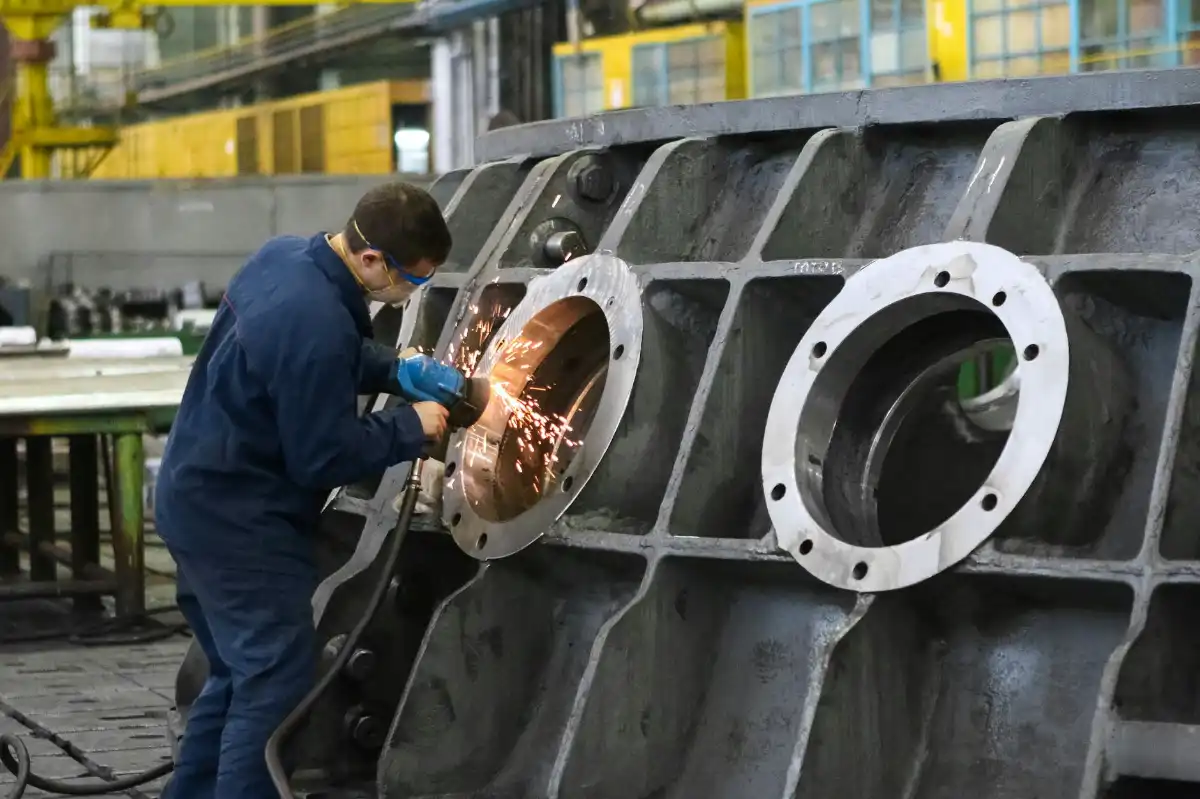Remember the old image of a factory? It was all about conveyor belts and repetitive mechanical tasks. While automation was a huge leap forward, today’s manufacturing landscape is undergoing an even bigger revolution. We’re moving from simple automation to full-fledged intelligence, and the engine driving this change is Smart Factory Software.
This isn’t just about adding more robots to the assembly line. It’s about creating a connected, data-driven ecosystem where machines, systems, and people work together seamlessly. In this article, we’ll explore how this advanced technology is reshaping production, boosting efficiency, and paving the way for the future of manufacturing.
What Is a Smart Factory, Really?
A smart factory, often called a key component of Industry 4.0, is a facility that uses cutting-edge manufacturing technology to create a highly adaptable and efficient production environment. It goes beyond traditional industrial automation by integrating physical production with smart digital systems.
Think of it as giving your factory a brain. This “brain” collects massive amounts of data from every corner of the production floor through sensors and connected devices—a concept known as the Internet of Things (IoT). The Smart Factory Software then analyzes this data in real-time to make intelligent, autonomous decisions that optimize the entire manufacturing process.
Key Features of Modern Smart Factory Software
So, what does this software actually do? While solutions vary, the most powerful platforms share a few core features that enable this leap into intelligent production. These capabilities work together to create a truly connected and responsive manufacturing environment.
- Real-Time Data Analytics: The software collects data from machinery and sensors, instantly analyzing it to provide a live view of your entire operation. This allows managers to spot bottlenecks and inefficiencies as they happen.
- Predictive Maintenance: Instead of waiting for a machine to break down, the software uses AI to predict when equipment needs maintenance. This simple feature drastically reduces costly downtime and extends the life of your machinery.
- IoT in Manufacturing Integration: A key function is connecting everything. The software acts as the central hub for all your IoT devices, from simple sensors to complex robotic arms, ensuring they communicate and work in harmony.
- Digital Twins: Many advanced systems can create a “digital twin”—a virtual replica of your factory. This allows you to run simulations, test new processes, and optimize layouts without disrupting actual production.
- AI and Machine Learning: The software learns from production data over time. It can automatically adjust machine settings, reroute workflows, and identify subtle patterns to continuously improve production efficiency.
The Real-World Benefits of Embracing Smart Manufacturing
Implementing Smart Factory Software isn’t just about having the latest tech; it’s about achieving tangible business results. Companies that make the switch from traditional automation to intelligent systems see significant improvements across the board.
For starters, production efficiency skyrockets. With processes constantly being optimized by AI and real-time analytics, you can produce more with fewer resources. This directly leads to lower operational costs and higher profit margins.
Another major benefit is a dramatic reduction in downtime. Predictive maintenance alerts ensure that equipment is serviced before it fails, keeping your production lines running smoothly. Furthermore, quality control is greatly enhanced. Smart sensors can detect microscopic defects that a human eye might miss, ensuring that every product leaving the factory meets the highest standards.
Finally, smart factories are incredibly flexible. The software allows you to quickly reconfigure production lines to accommodate new product designs or changing customer demands, giving you a powerful competitive edge in a fast-moving market.
Making the Transition: How to Implement Your Smart Factory Solution
Shifting to a smart factory model might seem daunting, but a strategic approach can make the process manageable and highly rewarding. It’s not an overnight flip of a switch but rather a phased journey towards greater intelligence and connectivity.
First, begin with a clear strategy. Identify your biggest pain points and define what you want to achieve. Are you trying to reduce downtime, improve quality, or increase output? Your goals will guide your implementation plan.
Next, focus on finding the right technology partner. The market is full of options, so it’s crucial to choose a provider that understands your industry and can offer a scalable solution. A comprehensive Smart Factory Software platform can serve as the foundation for your entire digital transformation, integrating seamlessly with your existing equipment.
Data is the lifeblood of a smart factory, so prioritize integration. Your software needs to be able to collect and standardize data from all your machines and systems, old and new. Finally, remember that technology is only half the equation. Invest in training your team to ensure they have the skills to work alongside these new intelligent systems and leverage the data they provide.
The journey to an intelligent manufacturing environment is a transformative one. By embracing modern manufacturing technology, you’re not just upgrading your facility; you’re future-proofing your entire business. The era of the smart factory is here, and the software that powers it is the key to unlocking unparalleled levels of productivity and innovation.
